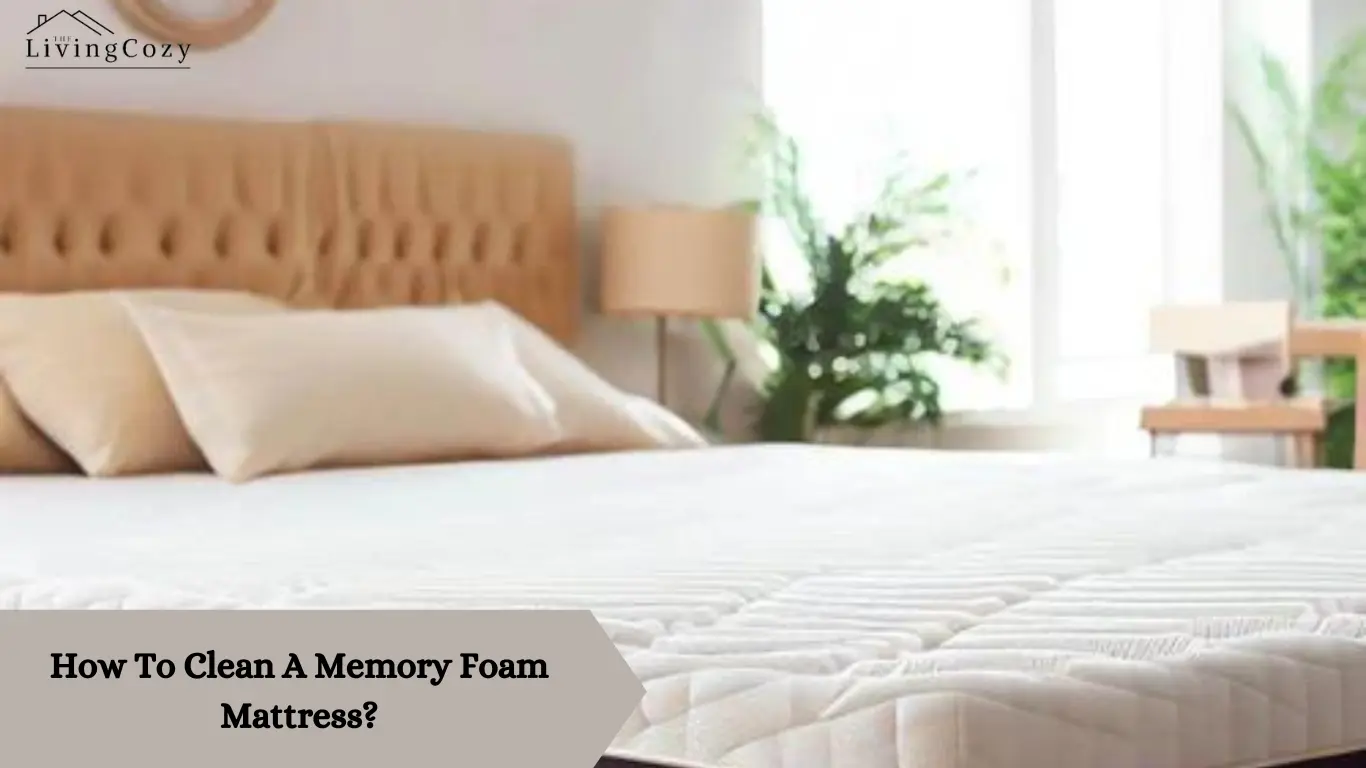Cleaning a memory foam mattress is very important to maintaining hygiene. It can be difficult to know how to clean a memory foam mattress, so we are here to help.
Here, we are giving you all the information on cleaning the memory foam mattress. So let’s start:
Avoid getting memory foam wet:
To avoid getting memory foam wet, using a waterproof mattress protector or pillowcase is essential. These protective covers protect against spills, accidents, and body moisture, preventing them from seeping into the memory foam.
It’s important to clean any spills immediately using a gentle dabbing motion with a dry cloth or towel. If deeper cleaning is required, opting for spot-cleaning techniques with mild detergent and minimal moisture is recommended.
You can ensure its longevity and maintain a hygienic sleep environment by taking proactive measures to keep memory foam dry.
Always use a Mattress Protector:
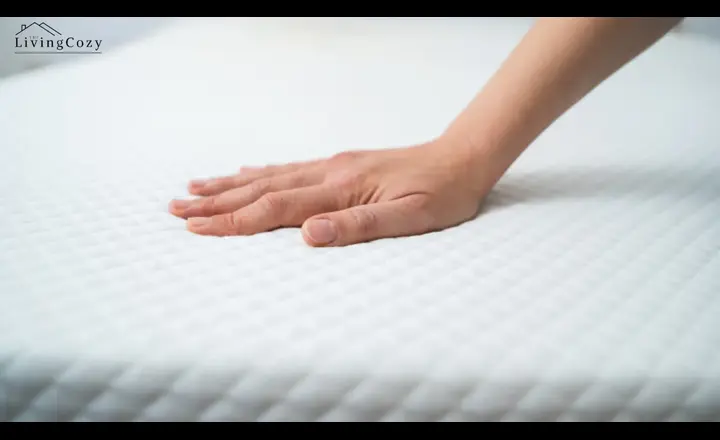
Investing in a good mattress protector is not only a smart decision for extending the life of your mattress but also for maintaining optimal hygiene.
A high-quality mattress protector can protect against spills, stains, dust mites, and allergens that would otherwise seep into your mattress.
This not only keeps your sleeping environment clean but also helps prevent mould and mildew growth. Using a mattress protector safeguards your investment in a comfortable and healthy sleep experience.
Remove the bedding:
Peeling back the layers of comforters, sheets, and pillows is like unveiling a blank canvas, ready to be transformed into something new.
Removing the bedding can set the stage for reimagining your sanctuary, allowing for a reset and recharge.
By stripping away the familiar covers and linens, you can reassess your bedroom decor and explore different colour schemes or textures.
With a clean slate in front of you, there’s room to experiment with mixing and matching various patterns or introducing new elements that reflect your ever-evolving style.
Vacuuming:
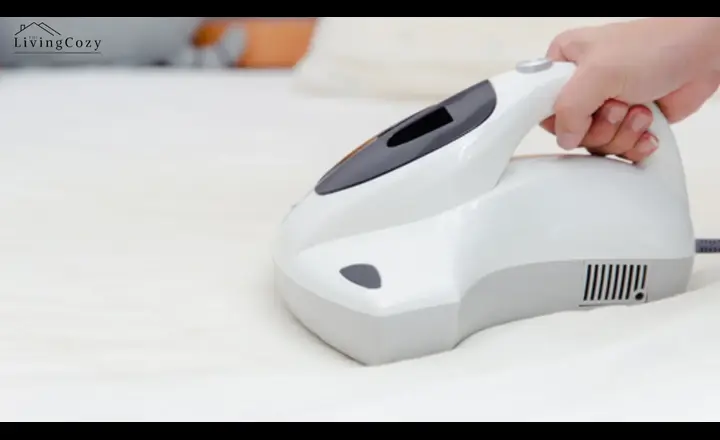
Vacuuming your mattress is crucial in maintaining a clean and healthy sleeping environment. While many people focus on cleaning their sheets and pillowcases, the mattress often gets overlooked.
Not only does regular vacuuming remove dust, dirt, and allergens from the surface of the mattress, but it also helps to extend its lifespan.
Debris can become embedded in the fabric and foam of the mattress, leading to potential odour issues and even attracting pests such as dust mites.
Vacuuming your cleaning routine can reduce these risks and ensure a more hygienic sleeping space.
Spillages:
The sight of a spillage on your mattress can be distressing, but it’s important to address the issue promptly to prevent long-term damage. Whether it’s a beverage, a pet accident, or other unexpected spill, immediate action is crucial.
Begin by blotting the affected area with a clean cloth to absorb as much liquid as possible without spreading the spill further.
Avoid rubbing, as this can push the liquid deeper into the mattress fibres and exacerbate the problem.
Rotate the Mattress:
Rotating your mattress, you can prevent sagging in certain areas and maintain proper support for your body.
This simple maintenance task can make a big difference in how well you sleep and could save you money by delaying prematurely replacing your mattress.
Some mattresses may have specific instructions on how frequently they should be rotated or flipped, so it’s important to check the manufacturer’s guidelines for best practices.
Can Memory Foam get Wet?
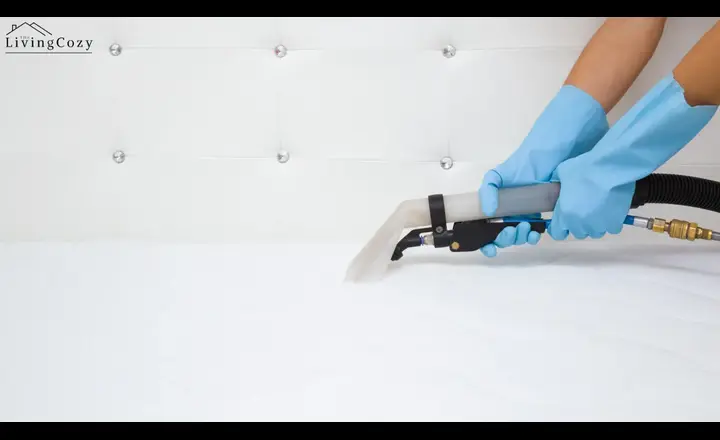
Yes, memory foam can get wet. It is not recommended to let it get wet as moisture can lead to mould and mildew growth, which can compromise the integrity of the foam.
If your memory foam does get wet, it’s important to thoroughly dry it as soon as possible to prevent any damage.
To clean a memory foam mattress or pillow, spot-clean with a mild detergent and water, then allow it to air dry completely before using it again.
It’s also a good idea to use a waterproof mattress protector to prevent spills and accidents from reaching the memory foam in the first place.
While memory foam can get wet, taking precautions to keep it dry will help maintain its quality and longevity.
How to dry Memory Foam Mattress?
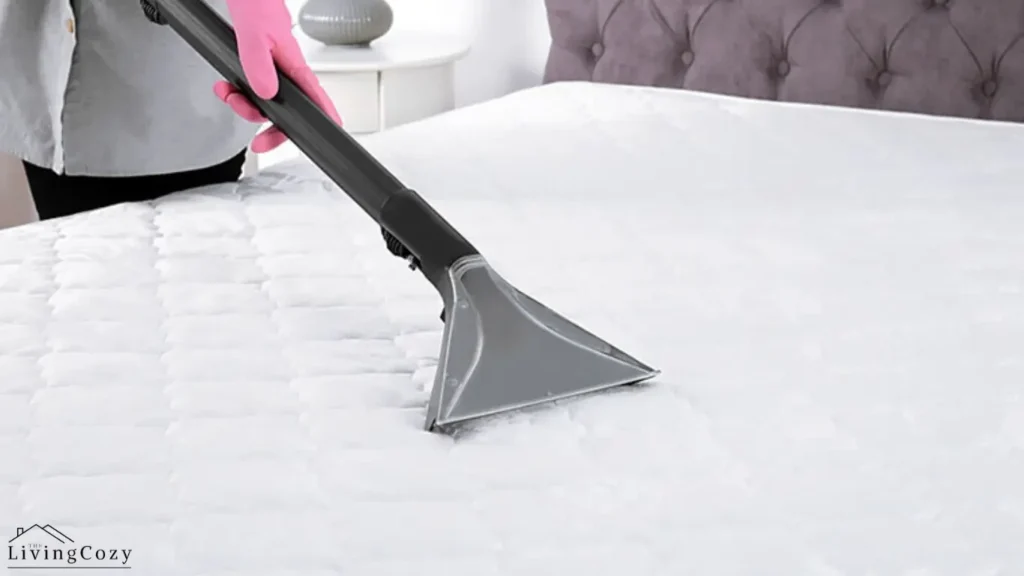
To dry a memory foam mattress, start by removing any bedding and allowing the mattress to air out in a well-ventilated room. If the mattress is wet due to spills or accidents, use a clean towel to blot up as much moisture as possible gently.
Avoid rubbing the mattress, as this can push the liquid further into the foam. Once you’ve removed excess moisture, place the mattress in a sunny spot or use a fan to help speed up the drying process.
It’s important to make sure the mattress is completely dry before using it again to prevent mould and mildew growth.
Conclusion For How To Clean A Memory Foam Mattress
After this blog How To Clean A Memory Foam Mattress You are ablt to cleaning a memory foam mattress is a simple process that can help extend its lifespan and ensure a healthy sleeping environment.
You can effectively remove stains, odors, and allergens from your mattress. Regular maintenance and care are essential to preserving the quality of your memory foam mattress.
FAQ’s:
Why does my Memory Foam Mattress have a Chemical odour?
Memory foam mattresses may emit a chemical-like smell due to off-gassing, which is the release of volatile organic compounds (VOCs) from the materials used in manufacturing.
How long will the Smell last on my new Memory Foam Mattress?
The odour from a new memory foam mattress typically dissipates within a few days to a couple of weeks as the off-gassing process diminishes.
Can You Shampoo a Memory Foam Mattress?
No, it is not recommended to shampoo a memory foam mattress. Memory foam mattresses are sensitive to moisture and can easily become damaged if they get too wet.
Does Memory foam Absorb Water?
Yes, memory foam can absorb water. If exposed to moisture, such as from spills or accidents, memory foam mattresses and pillows can absorb the water and become damp.

